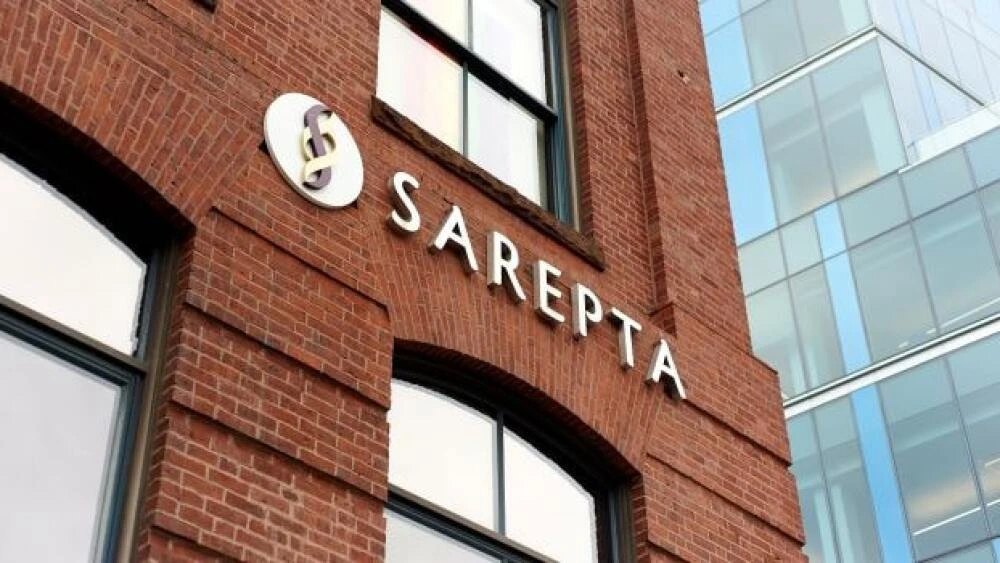

Image Credits: Biospace
The FDA announced Sarepta Therapeutics as the FDA’s first-ever publicly documented platform technology designation. A designation for a popular vector known as ‘rAAVrh74’, which is used in the company for investigational gene therapies. The company’s draft guidance for this designation was issued during the Biden administration in 2024. Drug makers have the opportunity to deliver solutions after receiving designated recognition and platform technology. A platform technology enables the development of several drugs and biologics, focusing on predictability and streamlining reviews for those drug applications discovered using the same technology. The Sarepta platform highlights its game-changing move in its specialized cell and gene therapies.
The Mayo Clinic and biopharma commentator’s venture partner, Audrey Greenberg, said that the designation is a ‘huge step toward modular, scalable development and the FDA’s decision will bring positive change in a plug and play future for gene therapy’. An analyst at William Blair agreed and added that, for the investors, the platform technology designation empowers the approach to ‘standardized platforms across drug development’. This will minimize the burden on regulators and developers. Additionally, for Sarepta, this designation is favorable. This will help the company to elevate the development of the follow-on gene therapy programs and reduce R&D expenses. Sarepta is already using the vector platform for two other LGMD therapies.
Marty Makary, the commissioner, said the company should have been more determined if a drug candidate had a plausible mechanism while approaching it for approval. Further, the investigational therapy could have made sense physiologically and has a mechanism that is scientifically plausible. The FDA then could have considered the treatment on a conditional basis. Makary further demonstrated the requirement for the development of creative regulatory approaches contributing highly to the surrogate endpoints.